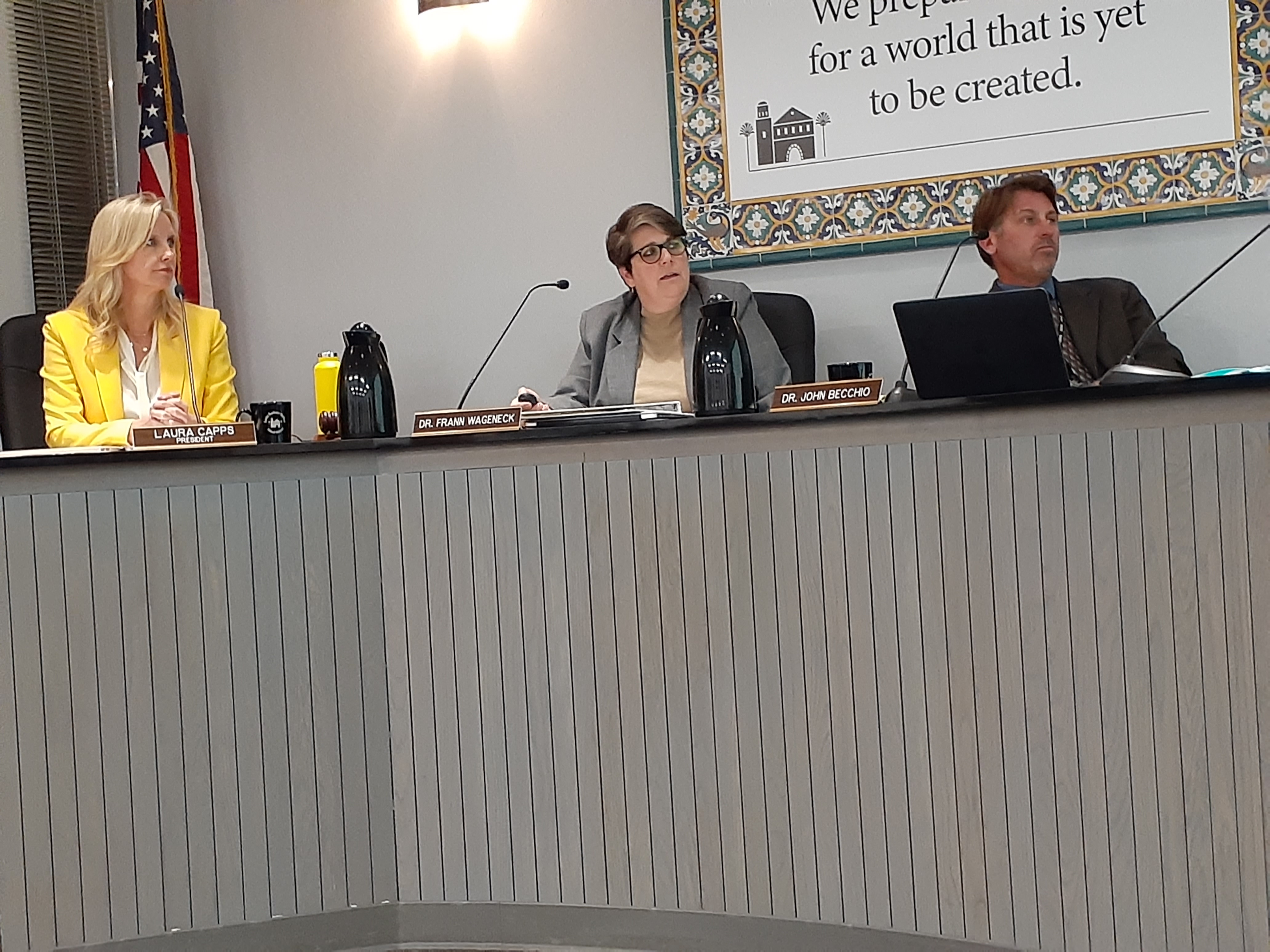Are Santa Barbara Schools Getting Less Safe?
Suspensions for Weapons and Violence on the Rise

There has been a 41 percent increase in weapon-related suspensions in the Santa Barbara Unified School District since the 2015-16 school year.
This grievous statistic is one of several cited in part one of the district’s student services board report. Frann Wageneck, assistant superintendent of special education, presented the data at Tuesday’s school board meeting as a way to illustrate school climate. She said that the reported rate of student suspension has increased district-wide by 1.4 percent in the past three years (4.2 percent in the last year alone for socioeconomically disadvantaged, English learners, and students with disabilities) and the total number of suspensions has increased by 37 percent.
“What is most concerning about [the suspension increase] is the impact on students who are socioeconomically disadvantaged, our students with disabilities, and our English learners,” Wageneck said. “There is a disproportionality of impact on those students.”
The state identified three ways for public school districts to analyze climate, which include district-wide suspension rate, expulsion rate, and students’ self-reported sense of safety at their school. The district added three more criteria, which are drug- and alcohol-related offenses, weapon-related offenses, and acts of physical violence.
“This is really disappointing data, and it’s hard for me to see the silver lining on any of this,” boardmember Kate Ford said. “All of our numbers are outliers. The state’s numbers have gone down, and the fact that we’re going up makes me feel like it’s a serious emergency for our district that somehow kids aren’t safe and don’t feel safe.”
Other alarming statistics include a 26 percent increase in the number of suspensions for drug- and alcohol-related offenses over the past four years (mostly marijuana or alcohol) and a 32 percent increase in the number of student suspensions related to violence, harassment, and bullying. Wageneck attributed the latter to social media fights that seep into school days and increased gang activity in the surrounding community.
Expulsion rates were the only satisfactory data in the report, which Wageneck said are at a four-year low because of a change in practice that began two years ago to only recommend expulsion when it’s required.
Wageneck told the board that the district would form a workgroup to perform a “root cause analysis,” or a deep understanding of why the issues are on the rise and how to address those underlying causes.
“We can play whack a mole with the problems, or we can identify what are some systemic issues,” Wageneck said. “Do we have biases? Do we have problems with relationships between adults and kids that are exacerbating the problem?
“It’s about finding what we can do in the schools,” she continued. “We can’t change poverty, but we can address poverty. We can’t change housing, but we respond to the needs of students who are homeless.”
Some boardmembers were quick to point out that although identifying the root causes is essential to reversing the worsening school culture, the workgroup must have new voices at the table for it to produce results.
“Are we going to include the students in the workgroup?” boardmember Wendy Sims-Moten asked Wageneck. “Are we including that student voice in there and taking a nontraditional approach? If we are inviting the same folks, different day, we may be missing something. Look at bringing in someone else to bring a different perspective.”



